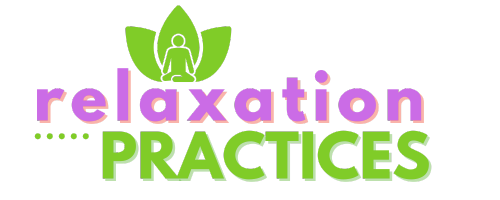# Navigating the Storm: Understanding Panic and Building Effective Coping Strategies
Panic attacks can be overwhelming experiences that strike unexpectedly, leaving individuals feeling helpless and frightened. Understanding the nature of panic and developing effective coping strategies can empower those affected to regain control over their lives. This article delves into the intricacies of panic attacks, explores their underlying causes, and offers practical strategies for prevention and management.
## Understanding Panic Attacks
Panic attacks are characterized by sudden episodes of intense fear or discomfort that reach a peak within minutes. Common symptoms include heart palpitations, shortness of breath, dizziness, and a sense of impending doom. While the experience can be terrifying, it is essential to recognize that panic attacks are not life-threatening. Instead, they are physiological responses that can be triggered by various factors, including stress, genetics, and environmental influences.
A deeper examination of panic attacks reveals that they often arise in situations where individuals feel trapped or unable to escape. This can include crowded places, enclosed spaces, or even during social interactions. Understanding these triggers is crucial for those who experience panic attacks, as it allows them to identify patterns and prepare for potential episodes.
Research indicates that panic attacks can also be linked to other anxiety disorders, such as agoraphobia or generalized anxiety disorder. As such, individuals experiencing recurrent panic attacks should consider seeking professional help to address any underlying issues. Therapy, particularly cognitive-behavioral therapy (CBT), has proven effective in treating panic disorders by helping individuals reframe their thoughts and behaviors surrounding panic.
## Identifying Triggers and Warning Signs
Recognizing personal triggers is a vital step in managing panic attacks. Each individual’s experience is unique, and what may provoke anxiety in one person may not affect another. Common triggers can include significant life changes, prolonged stress, or even certain substances like caffeine and alcohol. Keeping a journal to track episodes can help identify patterns and specific triggers, providing valuable insights into one’s emotional landscape.
Another important aspect of managing panic attacks is understanding the warning signs. Many individuals report experiencing physical symptoms before a full-blown panic attack occurs. These may include increased heart rate, sweating, or a sense of unease. By learning to recognize these early signs, individuals can implement coping strategies before the situation escalates.
Avoidance behaviors often develop as a response to panic attacks, leading individuals to steer clear of places or situations where they fear an attack may occur. While this may provide temporary relief, avoidance can ultimately reinforce anxiety and limit one’s life experiences. Instead, gradually confronting feared situations in a controlled manner can help desensitize individuals to their triggers and reduce the likelihood of future attacks.
## Building Effective Coping Strategies
Developing a toolkit of coping strategies is essential for managing panic attacks and preventing their occurrence. One of the most effective techniques is deep breathing. Practicing controlled breathing can help counteract the physiological symptoms of panic by promoting relaxation. When feeling anxious, individuals can try inhaling deeply through the nose for a count of four, holding for a count of four, and exhaling slowly through the mouth for a count of six. Repeating this cycle can help reestablish a sense of calm.
Mindfulness and grounding techniques are also valuable tools in managing panic. By focusing on the present moment and engaging the senses, individuals can divert their attention away from anxious thoughts. Simple exercises, such as naming five things they can see, four things they can touch, three things they can hear, two things they can smell, and one thing they can taste, can effectively anchor individuals in the here and now.
Physical activity plays a significant role in managing anxiety and preventing panic attacks. Engaging in regular exercise releases endorphins, which can enhance mood and reduce stress. Whether through walking, yoga, or more vigorous workouts, finding a form of exercise that feels enjoyable can contribute to overall mental well-being.
Additionally, establishing a support system is crucial for those struggling with panic attacks. Sharing experiences with trusted friends or family members can provide comfort and understanding. Support groups, whether in-person or online, can also offer a sense of community and connection, allowing individuals to share their coping strategies and learn from others facing similar challenges.
## Conclusion: Embracing Resilience
Panic attacks, though distressing, do not have to dictate one’s life. By understanding the nature of panic, identifying triggers, and building effective coping strategies, individuals can take proactive steps toward managing their anxiety. Embracing resilience is essential in navigating the storm of panic, and with time and practice, it is possible to regain control and find peace amidst the chaos. Seeking professional help, when necessary, can further enhance one’s journey toward recovery, ensuring that individuals are equipped with the tools needed to thrive.

